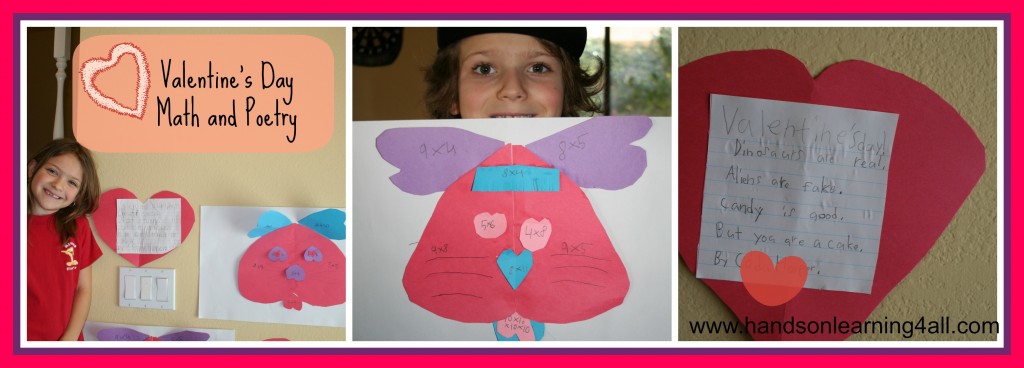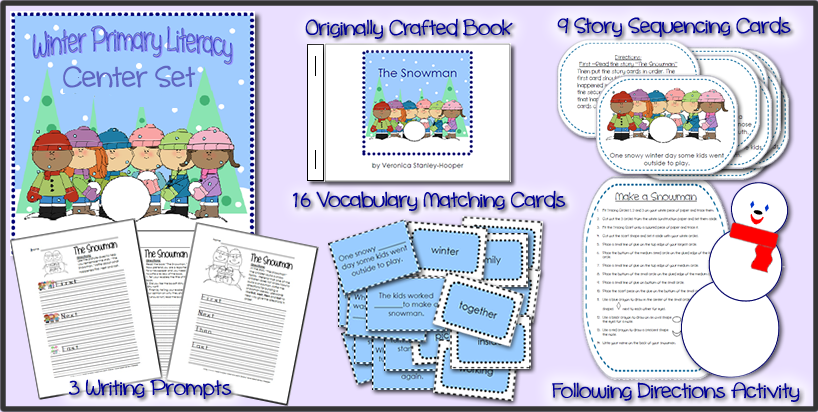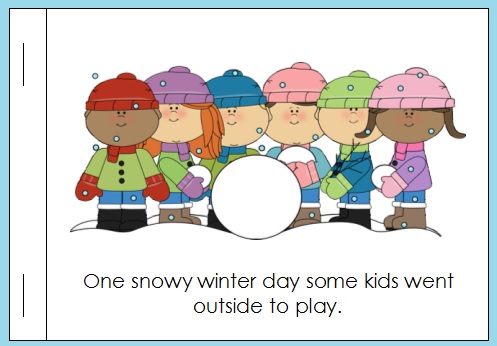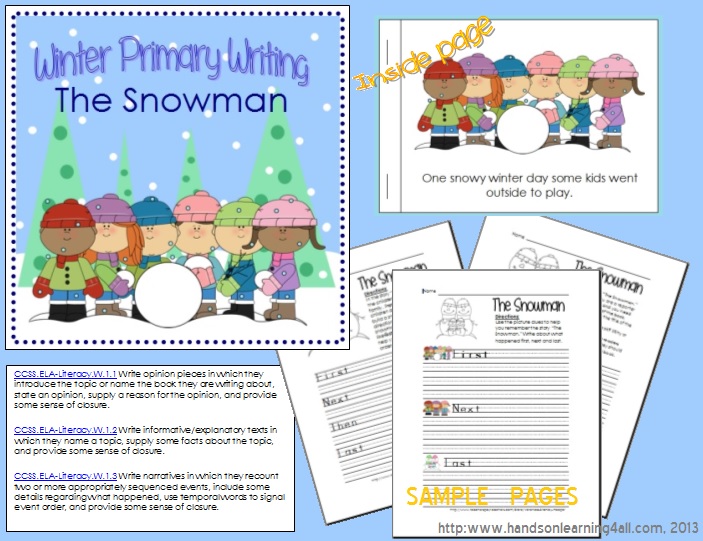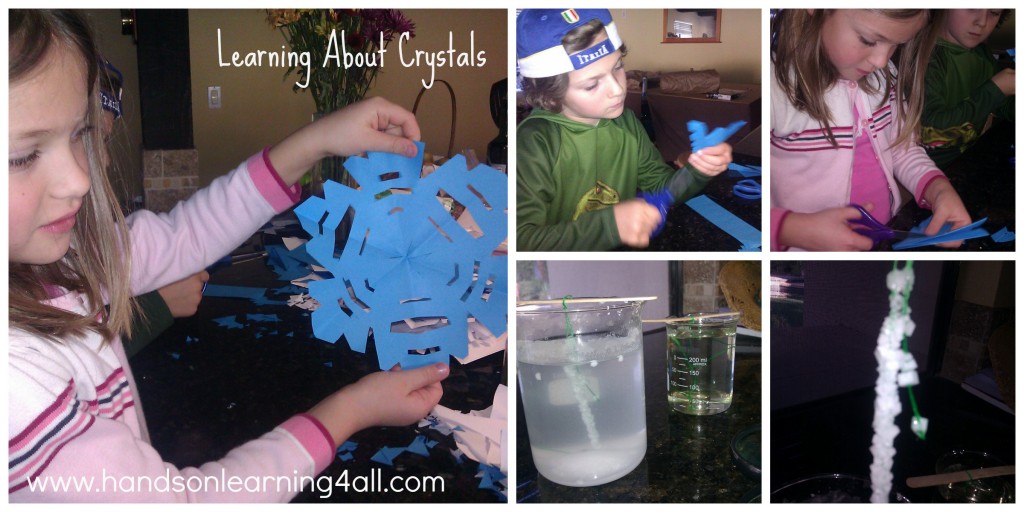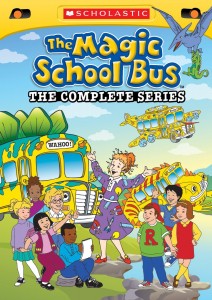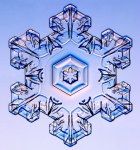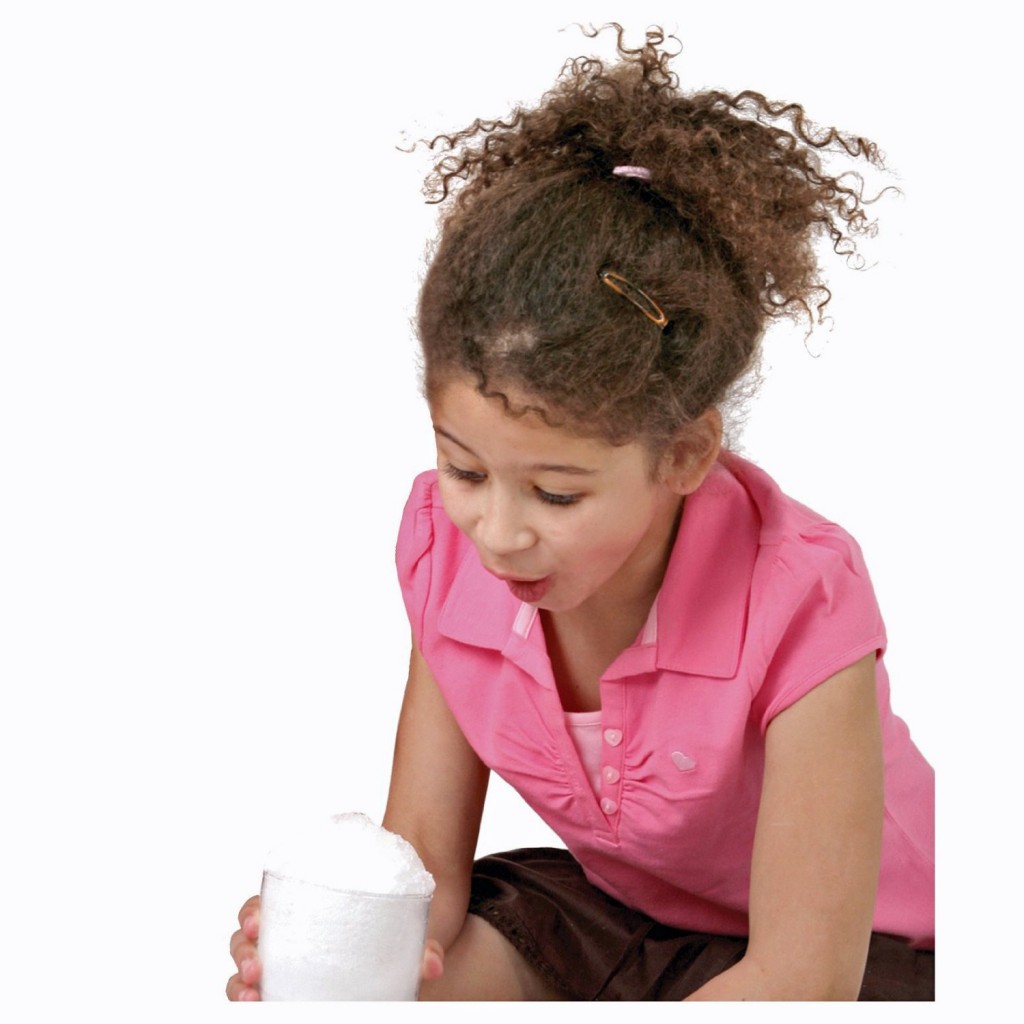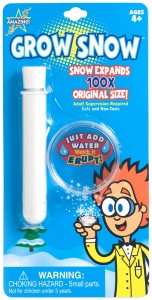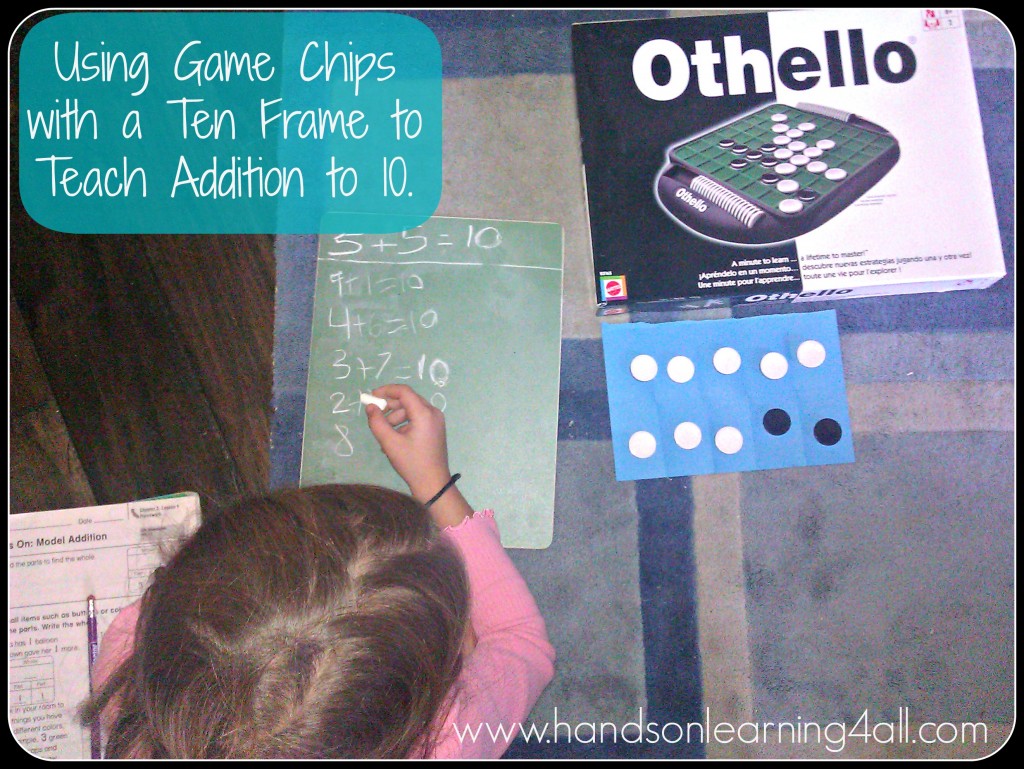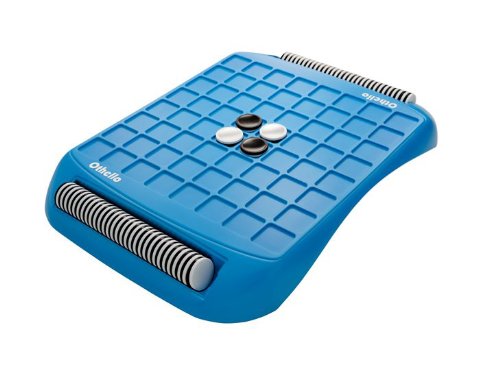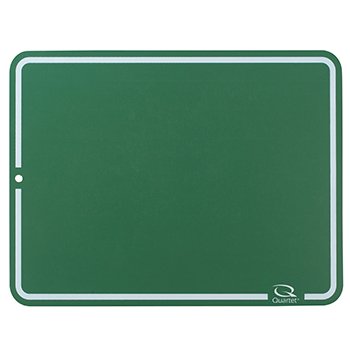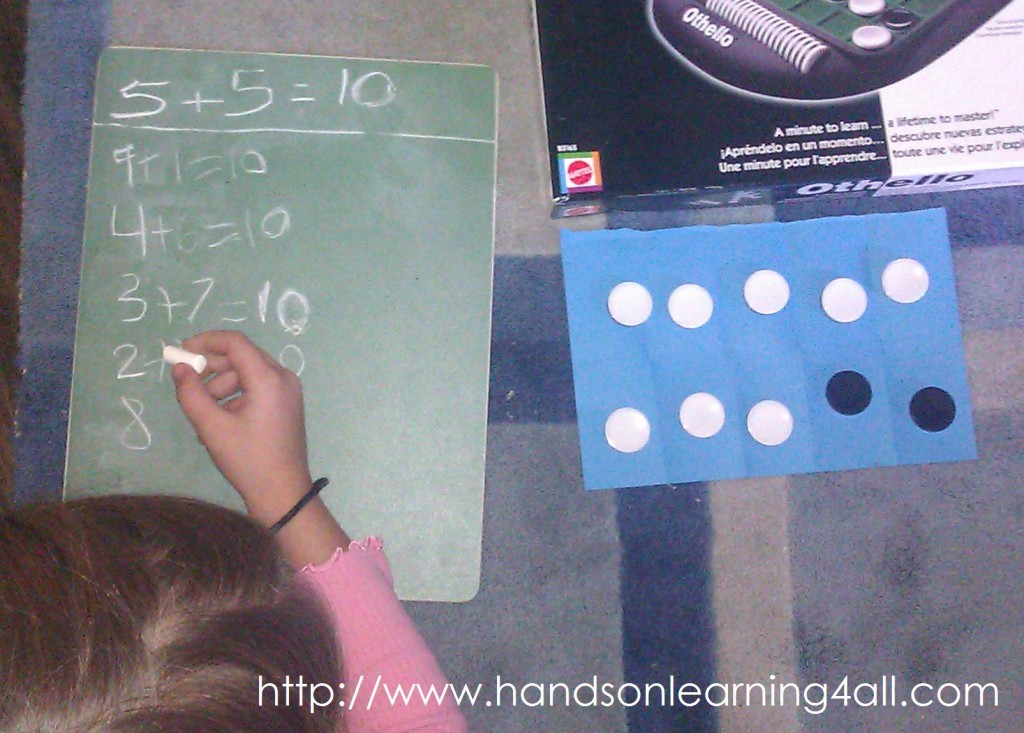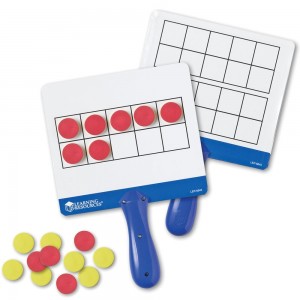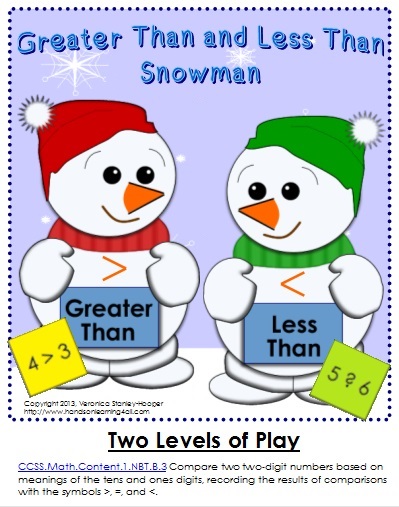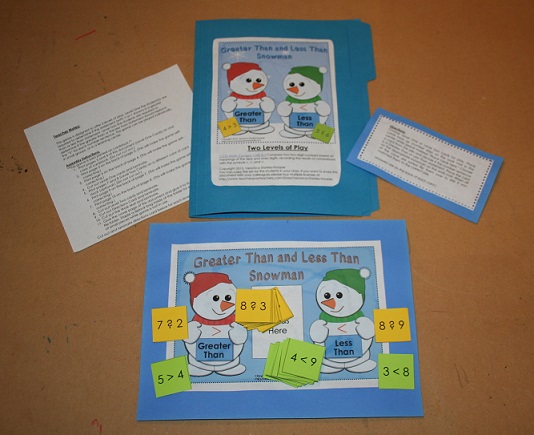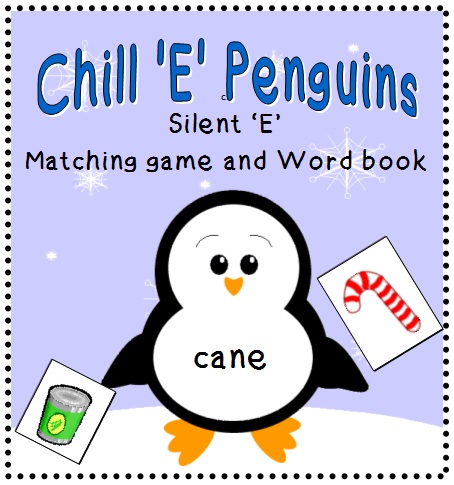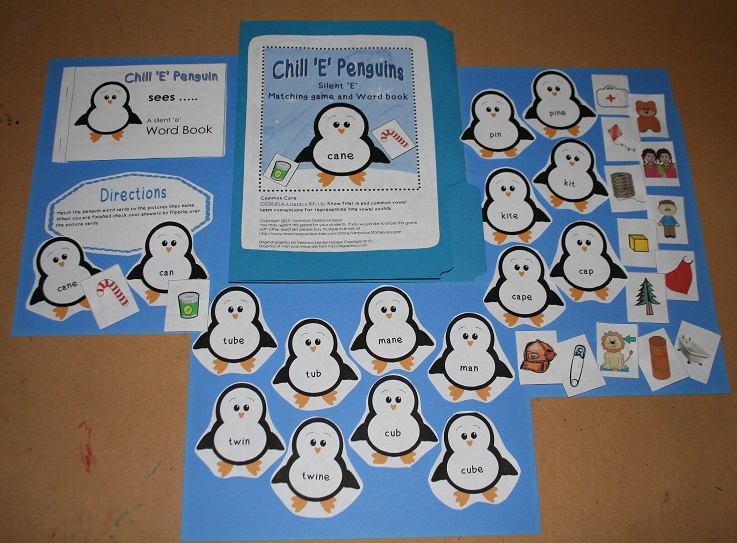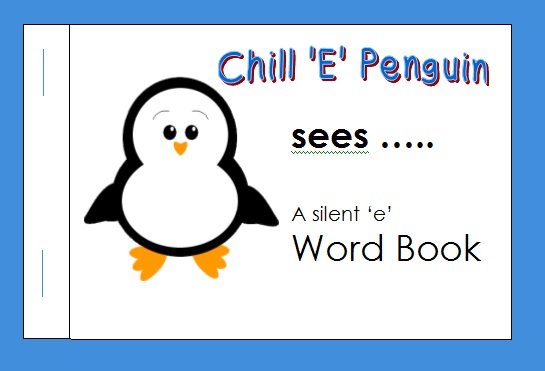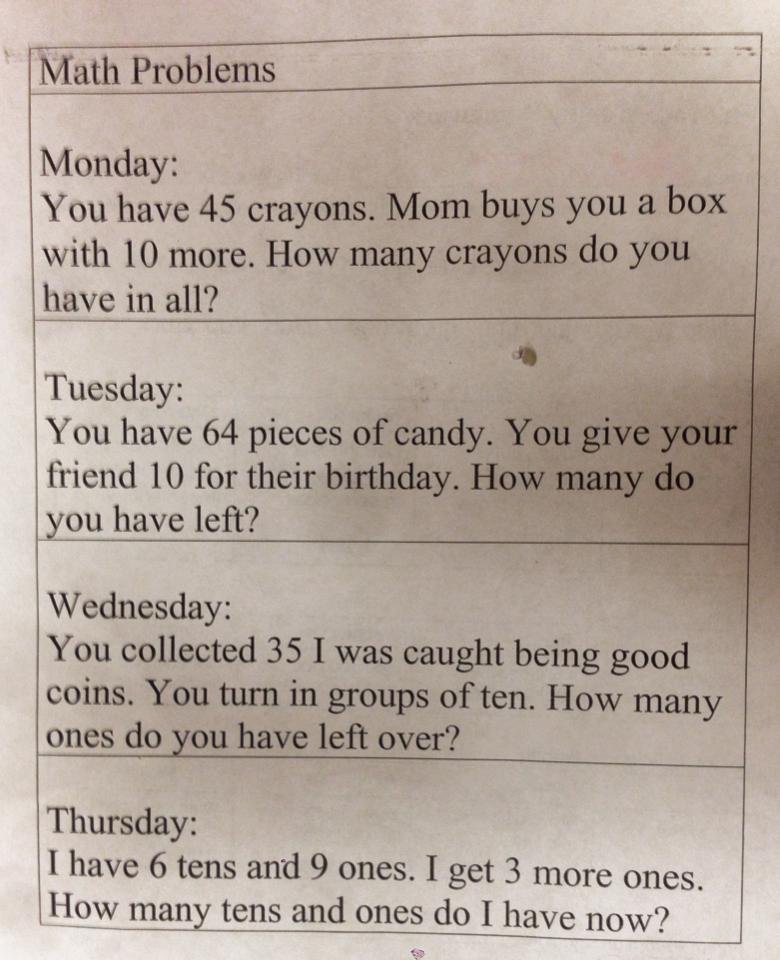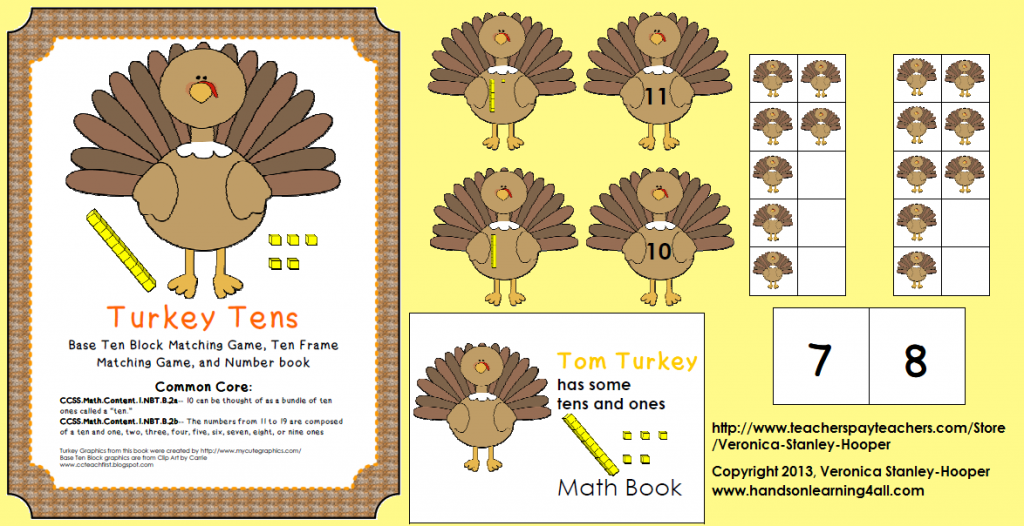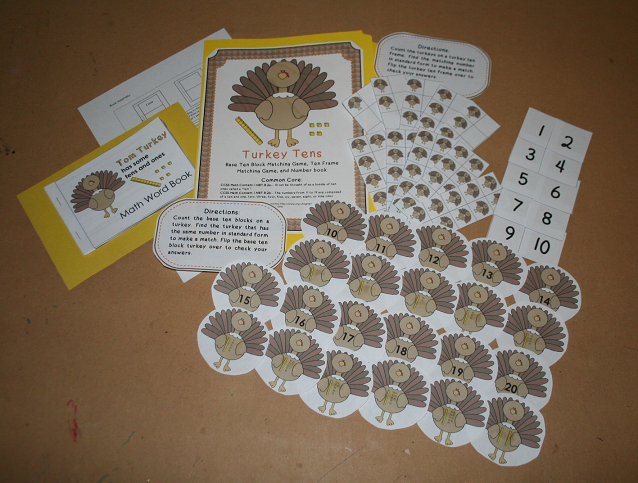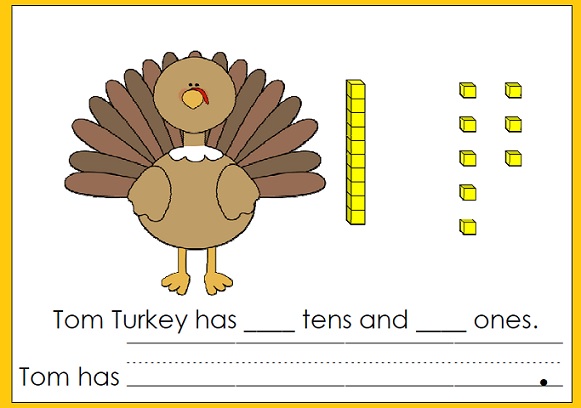Since I home-school I like to keep holiday learning light and fun! Today is Valentine’s Day and Friday so I decided to do a couple of craft projects for school today.
I have two children home-schooling with me. My son is in third grade and my daughter is in first grade. I could make two separate lessons but WHY do that when I can just differentiate the same lesson for my two learners!
Here’s what we did for math
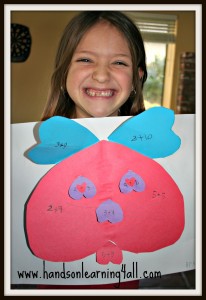
(Click the picture for a closer view.)
You have probably seen this cute little cut and paste Valentine’s Day puppy before AND we made him more interactive by adding addition (for my first grader) and multiplication (for my third grader) facts on the pieces. Then we made each piece a ‘flap’ by only gluing one edge down. Under each ‘flap’ we wrote the answers! Differentiated, math fact practice, Valentine’s Day craft fun! Yay!
Here’s what we did for language!
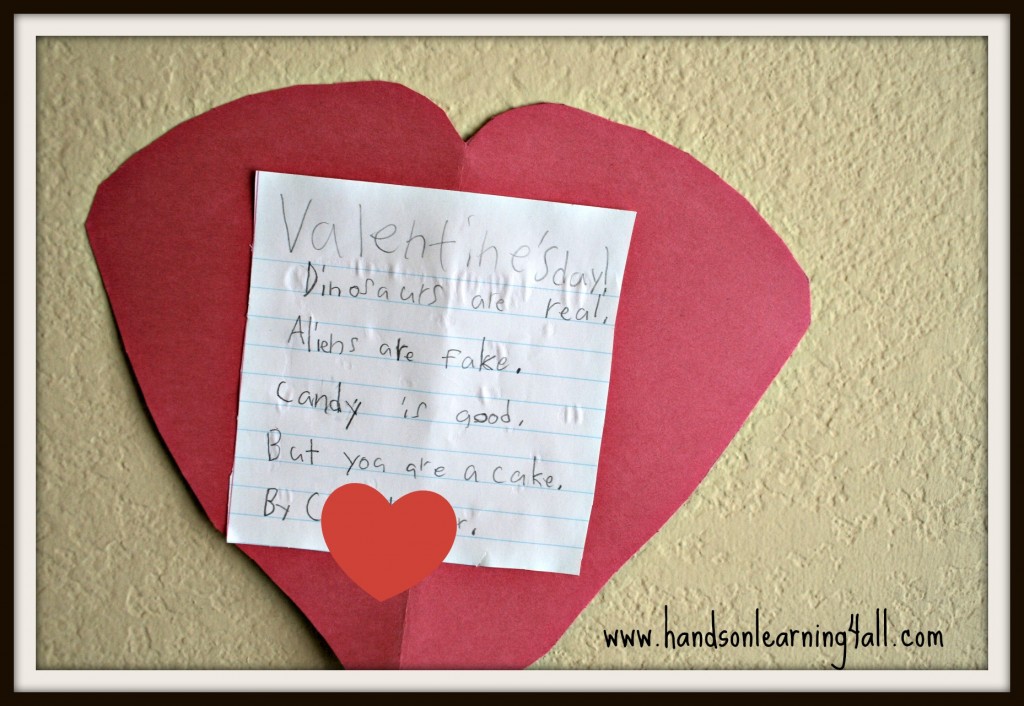
(Click the picture for a closer view.)
We took the traditional poem:
“Roses are red.
Violets are blue.
Sugar is sweet
And so are you.”
And we used the beat and rhyme pattern to make our own poems about things that interest us. My son chose dinosaurs and aliens.
“Dinosaurs are real.
Aliens are fake.
Candy is good.
But you are a cake!”
Both my children learned a lot about beat and rhyme within poetry from this simple assignment which they thought would be VERY easy. It was a challenge to not use any of the original poem! First we mapped out the original poem on our white board to show which lines rhymed and which ones didn’t. Then we started brainstorming by developing the two rhyming lines. Then we filled in the other lines.
Who says school can’t be fun-filled and creative? Happy Valentine’s Day!

